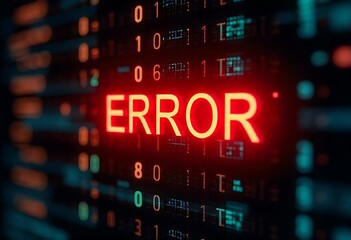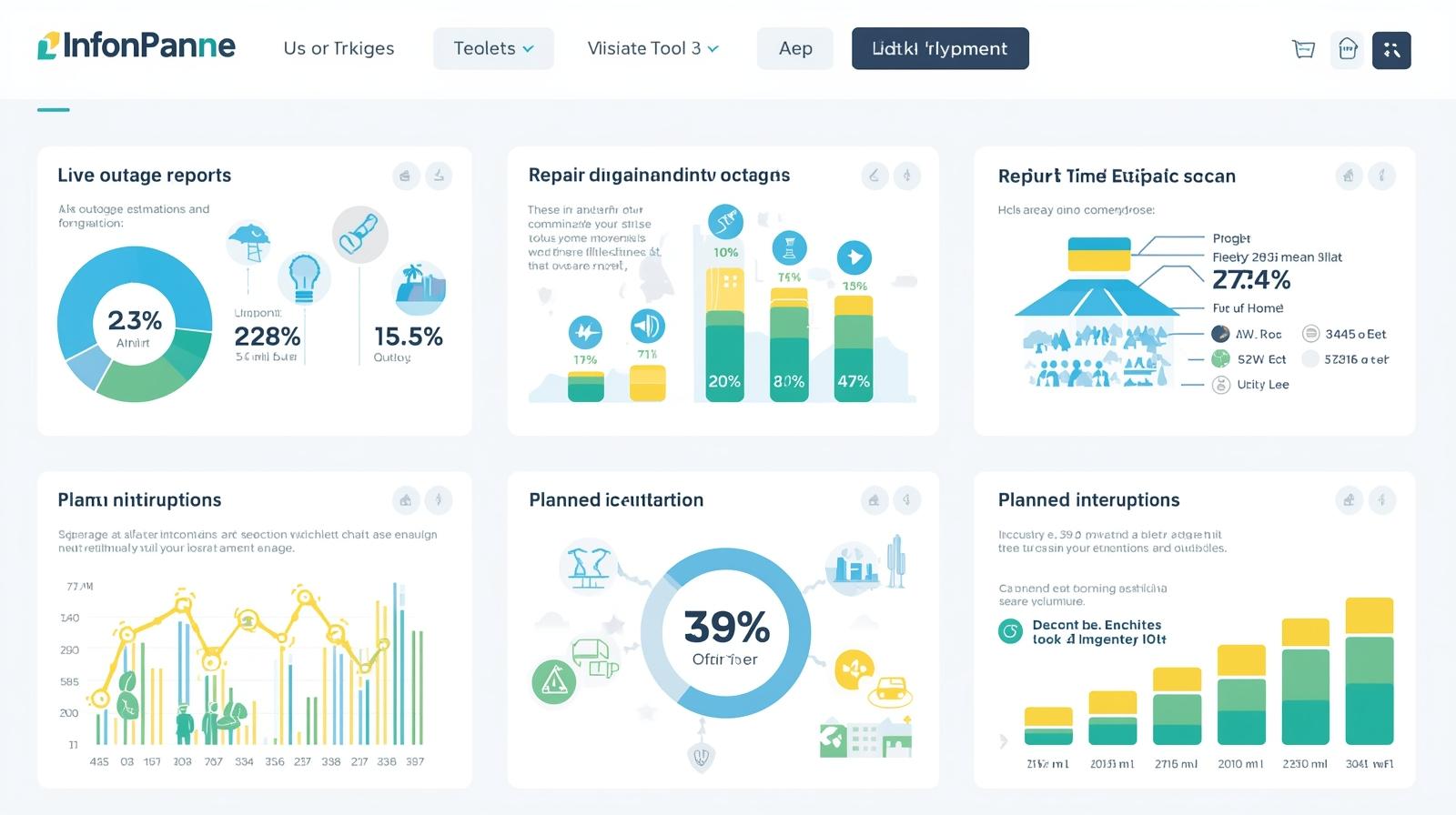Introduction
The convergence of the Industrial Internet of Things (IIoT) and Artificial Intelligence (AI) is not just a trend; it represents a monumental shift in industrial operations. IIoT and AI: the synergistic symphony transforming industrial landscapes is changing the way businesses approach their operations. By combining IIoT’s vast network of interconnected devices with AI’s ability to analyze and interpret data, industries can unlock new levels of efficiency, productivity, and safety. This blog post explores the fundamental role of IIoT and AI in transforming industrial landscapes and how their synergy is reshaping the future of various sectors.
What Is IIoT and How Does It Work?
The Industrial Internet of Things (IIoT) refers to the network of devices, sensors, and machines embedded with sensors that collect and exchange data in real-time. These devices, ranging from machines on a factory floor to complex industrial equipment, gather a wealth of information on performance, environment, and operational status. The data collected from IIoT devices provides a clear view of every facet of industrial operations, enabling businesses to monitor processes, detect issues, and make data-driven decisions. This constant stream of information serves as the foundation for the integration of AI.
AI refers to the capability of a machine to mimic human intelligence, learning from data, improving over time, and making autonomous decisions. When combined with IIoT, AI can interpret the massive amounts of data generated by IIoT devices. By processing this data, AI systems can identify patterns, make predictions, and optimize processes to enhance operational efficiency. In essence, IIoT provides the sensory input, while AI serves as the cognitive engine that drives intelligent decision-making, creating a seamless synergy between the two.
The Synergy Between IIoT and AI: A New Era of Industrial Innovation
IIoT and AI together create a dynamic partnership that transforms how industries operate. While IIoT provides the infrastructure for real-time data collection, AI analyzes this data, offering predictive and prescriptive insights that can guide decision-making. This synergy enables businesses to unlock unprecedented operational capabilities. For example, IIoT can monitor the condition of machinery, and AI can predict when that machinery is likely to fail, thus enabling predictive maintenance. Instead of reacting to failures, businesses can proactively manage their assets, reducing downtime and extending equipment lifespan.
Moreover, the IIoT-AI combination facilitates smarter decision-making by offering actionable insights in real-time. AI’s ability to analyze historical and real-time data empowers industries to adjust processes on the fly, improving flexibility and responsiveness. In manufacturing, for example, AI can adjust production schedules based on real-time demand signals from IIoT devices, leading to optimized resource allocation and minimized waste. This kind of agility is becoming crucial as industries strive to meet the demands of an increasingly fast-paced and competitive global market.
Benefits of IIoT and AI Integration in Industrial Operations
The integration of IIoT and AI offers a wide array of benefits that extend across operational efficiency, cost savings, safety, and overall business performance. First, the ability to monitor and analyze equipment performance in real-time leads to a reduction in operational downtime. With predictive maintenance powered by AI, businesses can identify potential failures before they occur, reducing unplanned maintenance and repair costs. This foresight allows businesses to schedule maintenance at convenient times, preventing disruptions and extending the lifespan of expensive assets. Additionally, this proactive approach helps avoid costly emergency repairs that may arise from equipment failure.
Second, the ability to gather and analyze data from IIoT sensors across various assets enables AI to optimize manufacturing and production processes. By continuously monitoring factors like temperature, pressure, and flow rates, AI can suggest adjustments that enhance product quality, reduce defects, and improve consistency. As AI learns from data trends, it becomes increasingly adept at fine-tuning processes for maximum efficiency, ensuring that businesses maintain high standards of output while reducing waste and rework.
Moreover, AI can optimize supply chain management by using real-time data from IIoT devices to track inventory, predict demand, and adjust production schedules accordingly. This leads to improved resource allocation, lower inventory holding costs, and more efficient logistics operations. With AI-driven decision-making, companies can achieve a greater balance between supply and demand, preventing stockouts or overstocking and enhancing overall supply chain performance.

Challenges in Implementing IIoT and AI Technologies
While the benefits of integrating IIoT and AI are clear, businesses may face challenges in implementing these technologies. One of the primary hurdles is the high initial investment required to install IIoT infrastructure, including sensors, devices, and connectivity solutions. For many businesses, especially small and medium-sized enterprises, the upfront cost of deploying IIoT can be prohibitive, requiring significant capital expenditure and long-term planning.
In addition to the costs, integrating IIoT with existing legacy systems can be a complex and time-consuming process. Many industrial operations rely on legacy equipment that was not originally designed to be part of an interconnected network. Retrofitting these systems to work with IIoT sensors and AI platforms often requires specialized expertise and can involve substantial engineering work. Businesses must also ensure that their existing IT infrastructure can handle the vast amount of data generated by IIoT devices and the computational demands of AI algorithms.
Another challenge in implementing IIoT and AI is the need for skilled professionals who can manage and operate these advanced systems. As AI and IIoT are complex fields, organizations must invest in training their workforce or hire specialized talent to maintain and optimize these technologies. The lack of skilled workers in data science, machine learning, and IoT can hinder the successful implementation of these systems and slow the pace of digital transformation.
Improving Safety Through IIoT and AI
Safety is a top priority in many industries, particularly in sectors such as manufacturing, energy, and chemicals, where hazardous conditions can pose serious risks to workers and the environment. IIoT and AI play a crucial role in enhancing safety by providing real-time monitoring and predictive insights. Sensors deployed throughout industrial environments can detect dangerous conditions such as gas leaks, excessive heat, or abnormal pressure levels. These sensors send continuous data to AI systems, which can analyze the information and trigger immediate responses to prevent accidents.
For example, AI-powered systems can automatically shut down machines or activate emergency protocols when dangerous conditions are detected, preventing harm to workers and mitigating the potential for environmental damage. In the mining industry, IIoT sensors can track the structural integrity of tunnels and equipment, while AI can predict when certain elements are at risk of failure. This proactive safety approach reduces the likelihood of accidents and improves overall working conditions for employees.
Furthermore, AI can be used to analyze worker behavior, identifying patterns that may indicate unsafe practices or areas for improvement in training programs. By continuously learning from data, AI can help create safer working environments, ensuring compliance with safety regulations and reducing the incidence of accidents and injuries.
The Role of AI in Predictive Maintenance and Asset Management
Predictive maintenance is one of the most powerful applications of AI in industrial settings. By leveraging IIoT sensors and AI algorithms, businesses can anticipate when equipment is likely to fail and take proactive measures to prevent costly breakdowns. For instance, AI systems can analyze data from vibration sensors on motors to detect subtle changes that may indicate wear and tear. Based on this information, AI can predict when maintenance will be required, allowing businesses to schedule repairs before a failure occurs.
This predictive approach to maintenance not only reduces downtime but also extends the lifespan of critical assets, improving the overall efficiency of operations. Additionally, AI’s ability to optimize maintenance schedules based on real-time data ensures that resources are allocated effectively, preventing unnecessary repairs and minimizing operational disruptions. As industries continue to adopt IIoT and AI, predictive maintenance is becoming a cornerstone of asset management strategies, offering significant cost savings and operational advantages.
AI and IIoT in Smart Manufacturing: Revolutionizing Production Processes
Smart manufacturing is one of the most transformative aspects of the IIoT and AI synergy. With AI-powered predictive analytics and real-time data from IIoT sensors, manufacturing processes can be optimized to a degree previously unattainable. In a smart factory, IIoT devices collect data from machines, robots, and production lines, while AI systems analyze this data to make real-time decisions that optimize throughput, quality, and efficiency.
For example, AI can dynamically adjust production schedules based on changing demand signals detected by IIoT devices, ensuring that manufacturing processes remain flexible and responsive. Furthermore, AI can monitor production quality in real time, detecting defects or deviations from standards and triggering automatic adjustments to the production process. This continuous optimization of the manufacturing process reduces waste, improves product quality, and enhances overall operational efficiency.
Moreover, the integration of AI and IIoT in manufacturing facilitates the concept of “lights-out” factories, where minimal human intervention is required. In these fully automated factories, AI-driven machines and robots handle production tasks, while IIoT sensors monitor performance and detect any issues that may arise. This level of automation leads to higher production rates, lower labor costs, and more efficient use of resources, driving the future of manufacturing towards greater autonomy and efficiency.

The Future of IIoT and AI: Emerging Trends and Opportunities
Looking to the future, the synergy between IIoT and AI will continue to evolve, driven by advancements in technology and an increasing demand for efficiency and automation. As 5G connectivity expands, the potential for IIoT devices to transmit data faster and more reliably will unlock new opportunities for real-time decision-making across industrial operations. With 5G, AI systems will be able to analyze data from IIoT sensors almost instantaneously, enabling businesses to react to changing conditions and optimize processes on a global scale.
In addition, the growing adoption of edge computing will enable data processing to occur closer to the source, reducing latency and allowing AI to make real-time decisions without relying on cloud-based processing. This shift to edge computing will further enhance the capabilities of IIoT and AI, enabling industries to operate with even greater agility and efficiency.
Another emerging trend is the integration of AI with digital twins—virtual models of physical assets or entire industrial processes. By combining real-time data from IIoT sensors with AI-powered simulations, businesses can create digital replicas of their operations that allow for better planning, forecasting, and optimization. These digital twins offer immense potential for industries, enabling them to test different scenarios, predict outcomes, and make data-driven decisions that improve performance and reduce costs.
Conclusion
IIoT and AI are not just transforming industries; they are reshaping the very nature of industrial operations. Through their synergistic relationship, these technologies are unlocking new levels of efficiency, safety, and innovation across sectors. From predictive maintenance and smarter manufacturing processes to enhanced safety measures and asset management, the possibilities are limitless. As IIoT and AI continue to evolve, their role in driving industrial transformation will only grow more critical, creating a smarter, more connected world.
Read also: Is 1-877-613-7414 a Scam? How to Identify and Protect Yourself








